Why is walkability important?
The environments where people live, learn, work, play and age are important influences on health and physical activity. More walkable environments support more active lifestyles which decreases the risk of developing health conditions like heart disease, type 2 diabetes and high blood pressure. This is particularly important in rural areas of Australia where physical activity is less common and poor health is more common.
What is the Communities for Walkability research project investigating?
New research is needed to investigate walkability and physical activity in rural settings. Although we know a lot about walkability, physical activity and health in large cities, new research is needed to understand the unique context of walkability and health in small rural towns. There are very few existing tools for measuring walkability in rural communities that are simple to use or understand. We also need to know more about what ‘level’ of walkability is needed for good health to support healthy lifestyles in rural areas. The Communities for Walkability project will help to benchmark walkability in small rural towns across Tasmania.
How is the project addressing the issue?
The Communities for Walkability project will use mapping and spatial analysis to assess the walkability of 92 small towns across Tasmania that have been selected based on their population sizes that range between 200 – 10,000 residents. The first stage of the project will produce maps of walkability for each of these towns to develop and understand walkability benchmarks for rural communities. Once these walkability assessments have been completed, the second stage of the project will involve working with local residents, councils, practitioners, and policy makers to co-design a practical online walkability tool. The aim of this new interactive walkability tool will be to identify factors influencing walkability and help identify how the local built environment can further support walkability, physical activity and community health.
How are we mapping walkability?
The first step is to map the walkability of 92 small Tasmanian towns. Our team at RMIT University in Melbourne are world-leaders in spatial assessments of walkability. They have developed the Australian Urban Observatory (auo.org.au), which includes liveability and walkability assessments across the 21 largest cities in Australia including Hobart and Launceston in Tasmania. In regional and rural areas, this involves working closely with local stakeholders to develop assessments of walkability, as local people have the best knowledge of their area. We will then be able to compare the walkability of these small towns across Tasmania, identify more and less walkable towns, and use data from the 2019 Tasmanian Population Health Survey to see if we can detect relationships between health outcomes and walkability.
How are we working with local communities?
The second step is to work with 10 Tasmanian communities to investigate their local area in more detail. With a Consumer Reference Group, we are developing an easy-to-use smart tool (an app) that community members – who we call Citizen Scientists – can use to collect information about the quality, accessibility and presence or absence of features in their town. This information is then collated and discussed at a community workshop, where priority areas for action are identified. We will support communities to develop advocacy skills that can be used to make changes in their area that create more walkable communities.
What will be the main outcomes of the project?
- The development of benchmarks for walkability in rural areas
- The development of a smart tool that enables rural communities to audit aspects of the local environment that impact on walkability and physical activity
- The identification of community priorities, potentially informing town planning and advocacy efforts
- Increased knowledge and understanding of how to improve walkability and promote physical activity in rural communities
- Enhanced community engagement, social participation, and community capital
Key people and partners
- Associate Professor Verity Cleland, Menzies Institute for Medical Research, University of Tasmania
- Professor Anna Timperio, Institute for Physical Activity and Nutrition, Deakin University
- Dr Kim Jose, Menzies Institute for Medical Research, University of Tasmania
- Associate Professor Melanie Davern, Centre for Urban Research, RMIT
- Mr Dion Lester, Local Government Association of Tasmania
- Ms Kate Garvey, Public Health Services, Tasmanian Department of Health
- Dr Yvonne Laird, Prevention Research Collaboration, School of Public Health, University of Sydney
- Dr Samantha Rowbotham, Menzies Centre for Health Policy, University of Sydney
